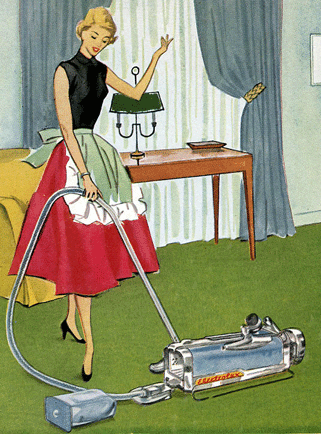|
Thread Number: 34091
/ Tag: 50s/60s/70s Vacuum Cleaners
Kirby Pre-G repair & restoration tips! |
[Down to Last] |  |
| Post# 369509 , Reply# 6 3/29/2017 at 18:12 (2,676 days old) by Jeschbac (Texas) | ||
|
Rob Please email me: jee111@verizon.net JE | ||
| Post# 369744 , Reply# 7 4/1/2017 at 15:58 (2,673 days old) by Paul (USA) | ||
|
Impressive work, Rob. Thanks for your sharing valuable information. It will be a big help when I restore my Kirbys. | ||
| Post# 385753 , Reply# 8 2/10/2018 at 17:25 (2,358 days old) by jpsbgt (Oregon ) | ||
|
Outstanding work, thanks for sharing | ||
| Post# 385777 , Reply# 9 2/10/2018 at 20:49 (2,357 days old) by eurekastar (Amarillo, Texas) | ||
|
Wow! | ||
| Post# 385785 , Reply# 10 2/10/2018 at 21:55 (2,357 days old) by huskyvacs (Gnaw Bone, Indiana) | ||

All I can say is wow to that 5 hour vacuuming routine. I try to vacuum every Sunday here but I just get the floors (I have hardwood flooring with area rugs). The rest of my house looks like the Addams Family mansion. lol
But I think I can use some of those tips to make less wasted movements. The main issue is my house is cluttered or hard to maneuver in so you end up spending 90% of the time moving things and 10% vacuuming. I just got an Electrolux G I plan to use to clean house with in the basement at least, and I have a Aldi Easy Home (Shark knockoff) rechargeable to see what I can do as far as upstairs. | ||

 Comes to the Rescue!
Comes to the Rescue!